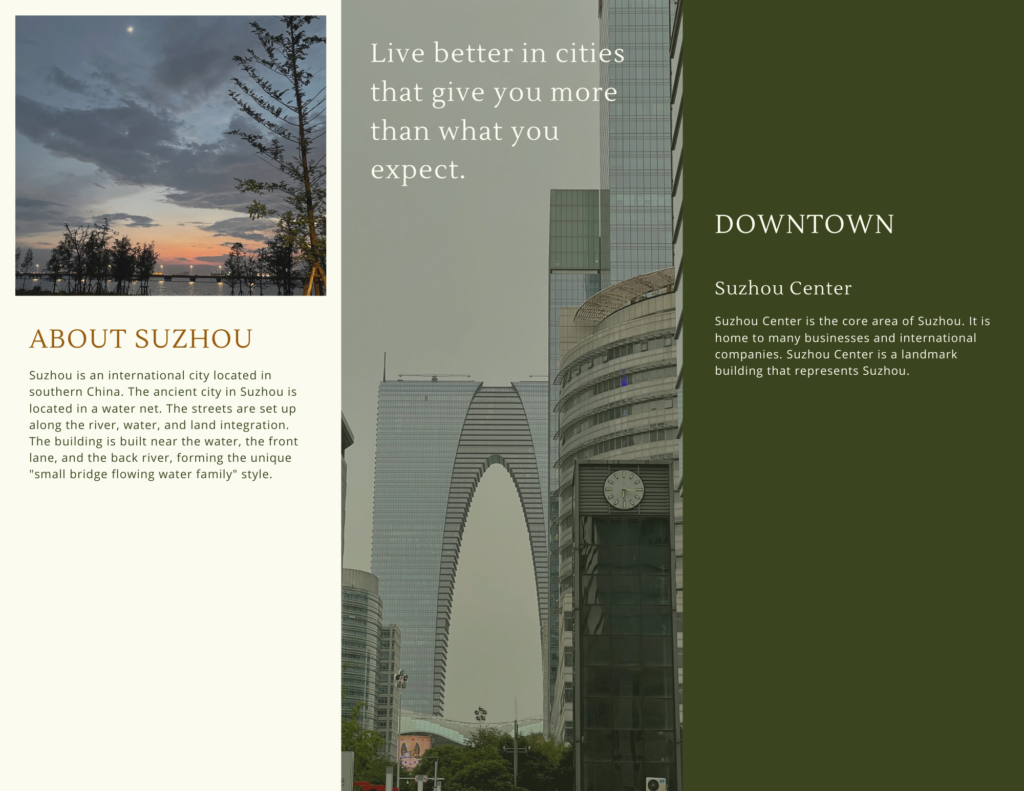Category: Multimedia Learning (Page 2 of 3)
How can your foresee Sketchnoting being used within learning and teaching settings?
In our teaching environment, we read a lot of text and materials. Because the capacity of our brain is limited, how can we summarize what we read more quickly and easily? Sketching is a useful method to turn passive learning activities into active learning activities in our multidisciplinary study. According to the principle of our multimedia learning, I think sketching is a way to meet the principle and use pictures and pictures. The main thing is that sketching is a very primitive way of taking important notes with just a pen and a piece of paper.

I think learning how to make a sketch makes me better remember and understand an article or the content of the class. In the process of making a sketch, we can draw some small pictures to replace a paragraph. For example, in my class Pass151, because it is a course about modern Chinese history, there are a lot of connections between culture and internationalization and social influence that are difficult to be clarified by text understanding. But I use shorthand notes such as arrows and simple ICONS to help with text comprehension. For example, I drew a lot of small people as a group to represent the popular culture, so that I could clearly distinguish the popular culture from the mainstream culture, including their final purpose (the symbol of money).
All in all, I think sketching notes helps me use the process of drawing to help me remember the text. It’s also an auxiliary function that helps the brain remember things. If you have any questions, please leave a comment for me. Thank you.
How to study effectively? As we learn, we are often confronted with unfamiliar tools. When you first enter the university, each professor will probably have a learning platform that they are used to, like WordPress, Brightspace, Tophat, etc. Of course, these platforms all belong to multimedia learning. It includes many functions, such as submitting assignments and completing quizzes, or providing courses lectures. For example, I’m an economics student, and this semester I’m enrolled in ECON 203 and ECON 245. My Prof. prefers to use Tophat to complete this course.

However, since I have never used Tophat before, I will use YouTube to understand how to use Tophat and its functions quickly.
For this video, we can quickly capture the correct information and functionality. This video is a screenshot of each step of the operation through multimedia learning principles. Modality Principle and Signaling Principle are used in this video. According to the explanation, people learn better from spoken text graphics than from printed text graphics. When explaining something, vocal learning can help us understand it better, such as knowing what is essential by tone, intonation, or voice volume. On the other hand, this video also uses arrows to highlight which steps we should do, as I described in detail in my last post about this principle.
In our life, many software and platforms will give us how to use their functions. Because it takes a lot of time to do research just by ourselves, and we don’t see some of the critical points.
If you have any questions, please leave comments for me. Thank you.


This week I learned how to design and layout through Canva. Infographics are a way to combine complexity and information in a clear and concise format. The graphic format makes it easier for us to receive the most critical information. Canva is one tool for creating infographics, Resume, Brochure, Poster, and so on. I think Canva is a functional site. One feature that I find very efficient is that he automatically identifies the center based on the text or the image. It will make our posters look more neat and unified. What’s more interesting is that we can use its library of images, elements, and colors in the process of making it. We can use the images that come with it and the images that we want to use. In elements, for example, we can quickly enter the element name in the search bar, then it provides a lot of material in different styles and colors. Of course, to unify the overall tone, we can also use the color function to replace the same color as the theme without a complicated search. I find this feature saves a lot of time, and I find the instructions easy to follow. We can choose different file types to save, such as PNG, PDF, JPG, and even MP4 video or GIF when downloading. I think Canva is an excellent tool to help us not only in study but also in work.
Response to Jialin’s Dual-coding theory
What would the signaling principle that I showed in my PowerPoint presentations be?
Signaling principle is “people learn better when cues are added that highlight the key information and its organization”. In fact, this principle is very common in our daily life, whether in school, work meetings or life schedules. Why is this principle used so often? In this age of productivity, we don’t have enough time to read all the information into our brains. Through cognitive theory, we know that the human brain capacity is limited, and we want to grasp the key points more quickly and clearly. Of course, the purpose of not only the signal principle but also the multimedia learning principle is to better help people to catch the important parts and learn efficiently. Reducing the time cost of their learning greatly and improving the quality of learning. I also gave many examples of signaling principles in my presentation.
What are some non-digital multimedia and interactive experiences (classroom discussions, nature walks, brainstorming sessions, etc) have you experienced in the past? Were they interesting and engaging? If so what made the interesting and engaging? If not can you think of ways that they could have been changed to be more interesting and engaging for you at that time?
Non-digital media education was widespread when I was in primary school. There is a particular activity in Spring and autumn in China. All of the students are very anticipated this activity for us at that time. It is a spring and autumn trip in China. This course is not classroom learning, nor does it have too many behavioral restrictions similar to those in school classrooms. This course is an outdoor class activity. The school will choose some meaningful or exciting scenic spots or museums, and the teachers will lead the students to go on a trip together with the whole school. On this trip, students can make many friends and learn a lot of meaningful history and stories. Not only can you learn while playing, but you can also relax during the learning process. It is an entirely different curriculum from multimedia learning. At that time, I thought this course was exciting because I could get closer to teachers and classmates every time I went to play. Everyone is free to sit in a group and share the snacks they have brought. Teachers don’t seem to be as strict in class. The atmosphere was more relaxed and pleasant than in school. If I can think of a way to make him more interesting, I hope we can write a sentence to your favorite classmates or friends who have opinions before and have changed after getting along with each other after each trip. Otherwise, I hope students can exchange small gifts for group activities such as finding the correct item within a specified time.
Resource:
Mayer, R. (Ed.). (2014). The Cambridge Handbook of Multimedia Learning (2nd ed., Cambridge Handbooks in Psychology). Cambridge: Cambridge University Press. doi:10.1017/CBO9781139547369
Overview
This blog post contains my brief understanding of multimedia learning and my previous experience with multimedia and online learning. It also includes a brief introduction of myself.
Introduce Myself
Welcome to my blog. First of all, let me introduce myself. My name is Jingjing and I come from China. I am a sophomore at the University of Victoria. My major is economics. I am glad you came to visit my homepage. Please feel free to comment if you have any questions.
Reflections and Experience
Multimedia learning is a process that uses pictures, text or video as well as a series of multimedia applications. According to Mayer, multimedia learning environment is a design that facilitates learning that includes words or pictures. The kinds of multimedia learning we are familiar with are PowerPoints, videos, pictures, online speeches like TedTalk, YouTube. When I was in college, my professor asked us to go and watch some of these speak son TedTalk. Learners can not only understand the content through the sound and subtitles, but also capture the key points through the speakers’ body languages in the video or the audiences’ feedback, such as laughter. Here is an example from a YouTube video that shows how multimedia learning can make it easier to get help. To sum up, multimedia learning is an effective and easy to accept way of learning.
Jingjing
References
Mayer, R. E. (Ed.). (2014). The Cambridge Handbook of Multimedia Learning (2nd ed.). Cambridge University Press. https://doi.org/10.1017/CBO978113954736
MobileCitizen. [MobileCitizen]. (2019, Nov 10). Interactive multimedia education using the mobile phone [Video]. YouTube. https://youtu.be/9aV8bK9E0z0
Recent Comments